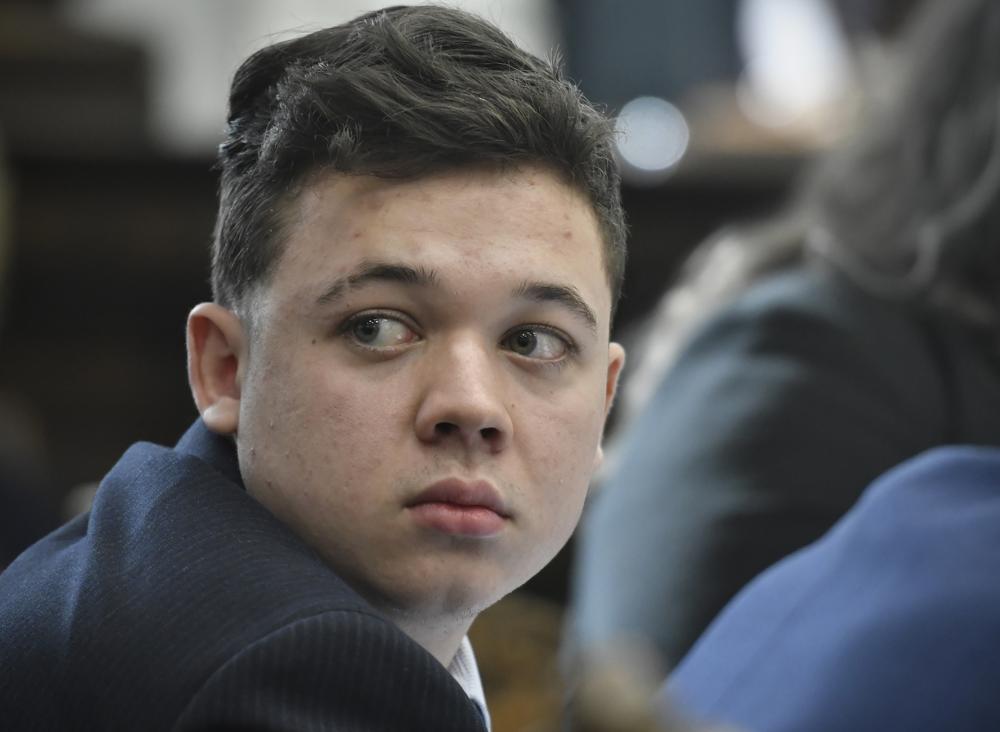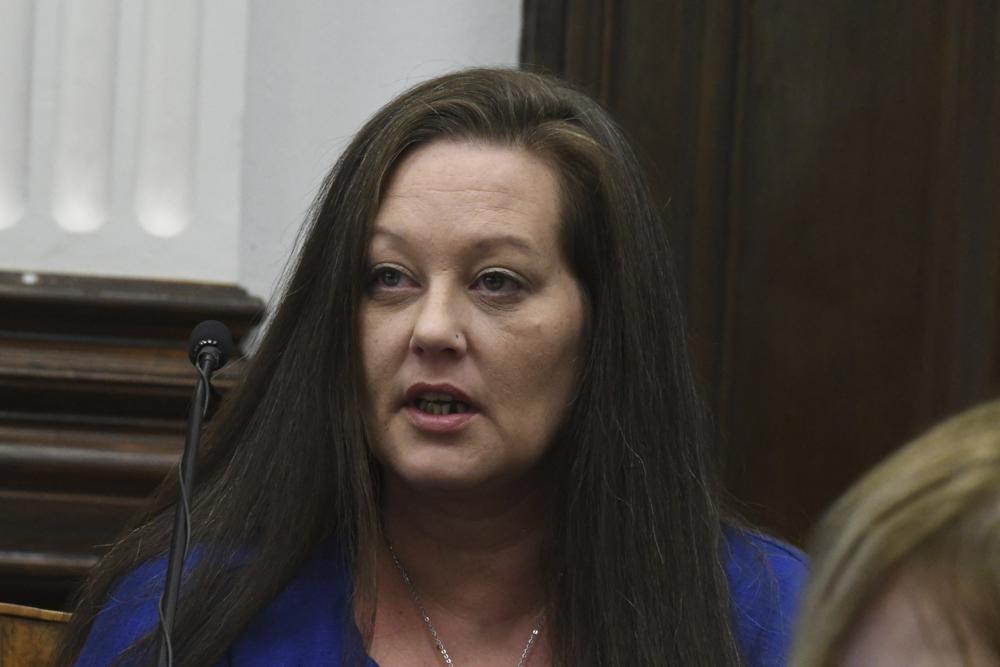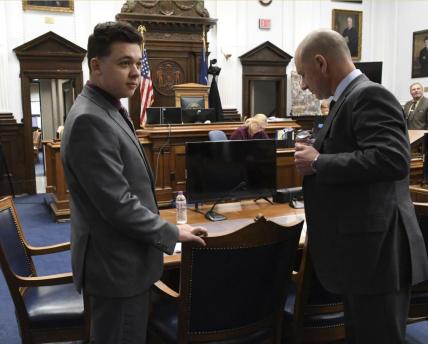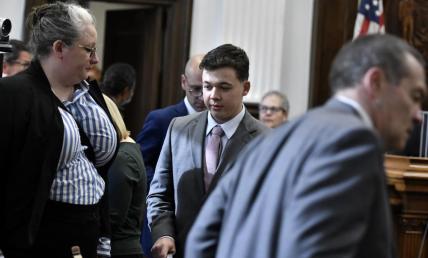Survivor testifies as Rittenhouse trial enters 2nd week
Gaige Grosskreutz who had his gun in his hand as he stepped toward Rittenhouse, was wounded moments after Rittenhouse fatally shot two others
A man who was shot and wounded in the arm by Kyle Rittenhouse during a night of protests against racial injustice took the stand Monday, saying he went there to use his paramedic training to help others and carried a loaded pistol because he is a believer in gun rights.
Gaige Grosskreutz, 27, who had his gun in his hand as he stepped toward Rittenhouse, was wounded moments after Rittenhouse fatally shot two others in the streets of Kenosha.
Grosskreutz, who was trained as a paramedic, testified that he volunteered as a medic at protests in Milwaukee in the days after George Floyd died under the knee of a Minneapolis police officer in May 2020. Grosskreutz said he attended around 75 protests before the night he was shot in August 2020, offering help to anyone needing medical attention.
Grosskreutz said he was wearing a hat that night that said “paramedic” and was carrying medical supplies, in addition to a loaded pistol. Grosskreutz said his permit to carry a concealed weapon had expired and he did not have a valid permit that night.
“I believe in the Second Amendment. I’m for people’s right to carry and bear arms,” he said, explaining why he was armed. “And that night was no different than any other day. It’s keys, phone, wallet, gun.”

He said he provided medical assistance to about 10 other people that night.
Rittenhouse kept his eyes on Grosskreutz as he testified. When asked questions by prosecutors, Grosskreutz turned and looked straight at the jurors, who sat just feet away.
Rittenhouse, 18, is charged with wounding Grosskreutz and killing Joseph Rosenbaum and Anthony Huber. The one-time police youth cadet from Antioch, Illinois, was 17 when he went to Kenosha with an AR-style rifle and a medical kit in what he said was an effort to safeguard property from the demonstrations that broke out over the shooting of Jacob Blake, a Black man, by a white Kenosha police officer.
Rittenhouse is white, as are the three men he shot, but the case has raised polarizing questions about racial justice, policing, vigilantism and the right to bear arms.
In the first week of Rittenhouse’s trial, prosecutors played numerous videos that showed the events of that night from different angles. Jurors heard testimony from people who were with Rittenhouse, as well as from police officers and loved ones of the men who died.
Jason Lackowski, a former Marine who was on the streets of Kenosha carrying his own rifle, testified Friday about Rosenbaum, the first man Rittenhouse shot. Lackowski said Rosenbaum was acting “belligerently” but did not appear to pose a serious threat.
Other witnesses testified last week that a “hyperaggressive” Rosenbaum angrily threatened to kill Rittenhouse that night and that Rosenbaum was gunned down after he chased Rittenhouse and lunged for his rifle.

Prosecutors have portrayed Rittenhouse as the instigator of the bloodshed as well as an inexperienced teen who misrepresented his age and medical training to others that night. Rittenhouse’s lawyer has argued that he acted in self-defense, suggesting among other things that Rittenhouse feared his weapon would be taken and used against him.
The prosecution suffered a potential blow when Rosenbaum’s fiancée, Kariann Swart, disclosed that he was on medication for bipolar disorder and depression but hadn’t filled his prescriptions because the local pharmacy was boarded up due to the unrest — information Rittenhouse’s lawyers could use in their bid to portray Rosenbaum as the aggressor.
On the day he was killed, Rosenbaum, 36, had been released from a Milwaukee hospital. The jury was told that much, but not why he had been admitted — after a suicide attempt.
Rosenbaum’s killing has emerged as one of the most crucial moments that night because it set in motion the bloodshed that followed moments later.
Rittenhouse shot and killed Huber, a 26-year-old protester seen on bystander video hitting Rittenhouse with a skateboard. Rittenhouse then wounded Grosskreutz.
Rittenhouse could get life in prison if convicted.
Have you subscribed to theGrio’s new podcast “Dear Culture”? Download our newest episodes now!
TheGrio is now on Apple TV, Amazon Fire, and Roku. Download theGrio today!
More About:News











